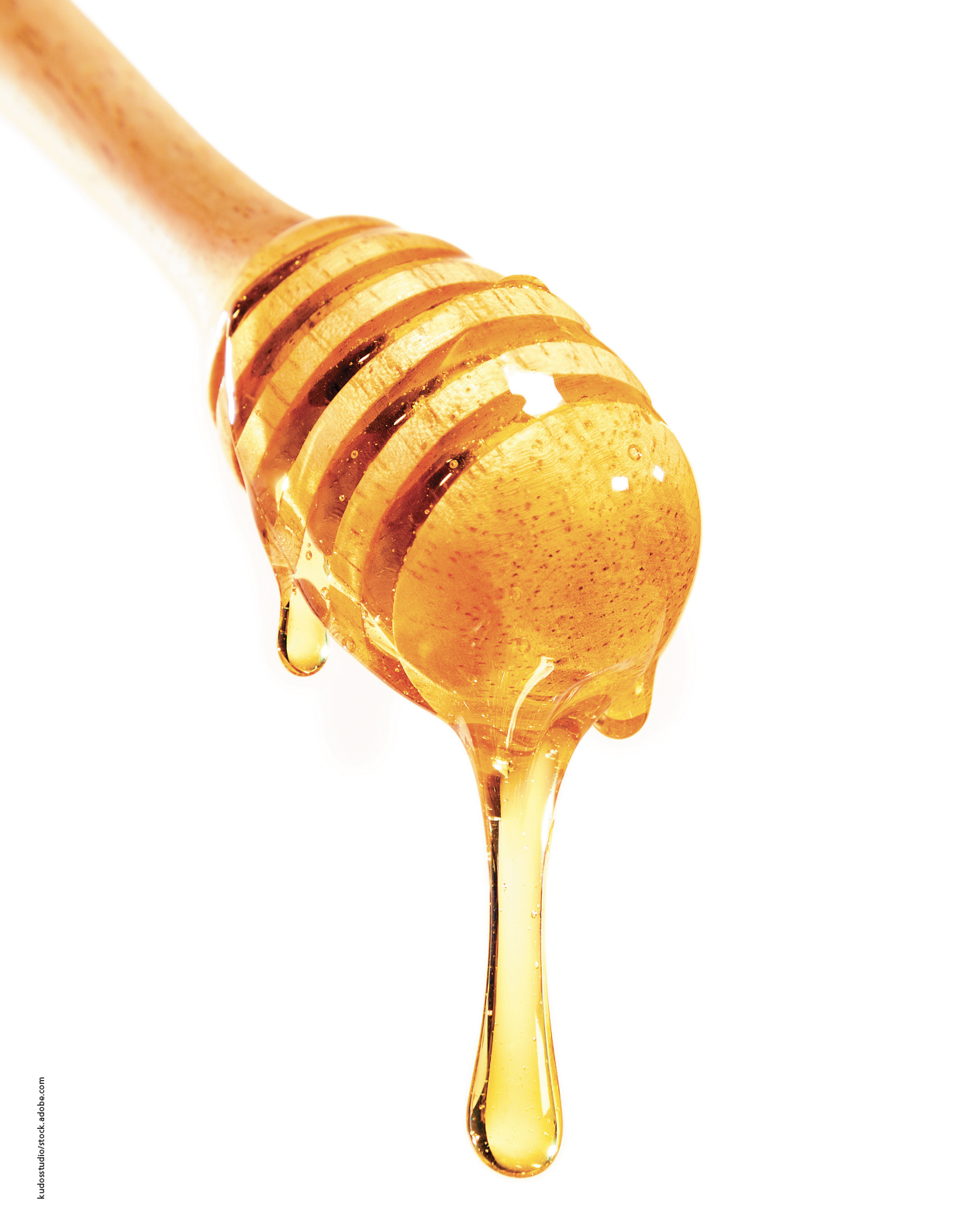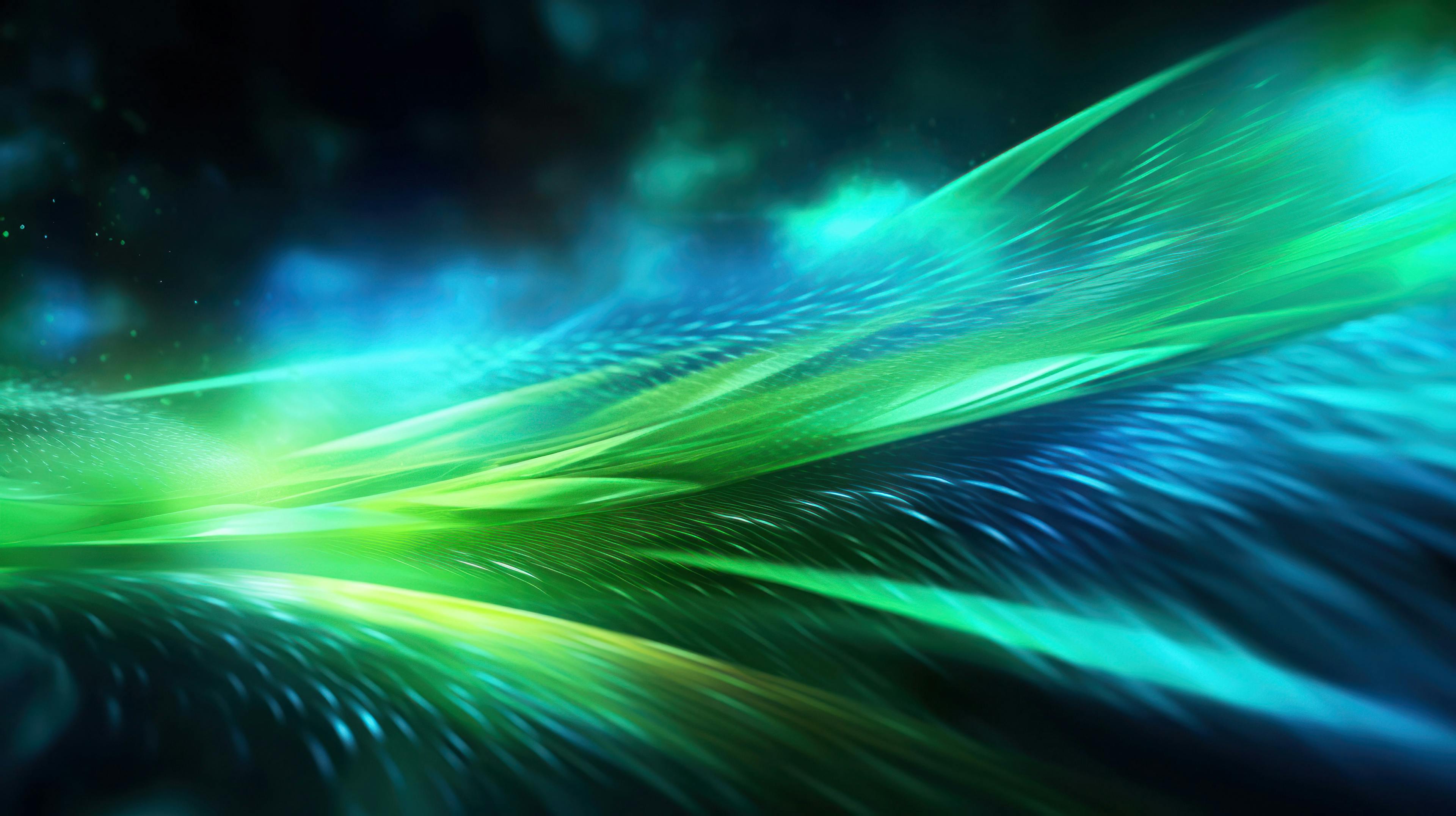Advances in Multiwavelength Absorbance Detection
We spoke with Ibraam Mikhail, a postdoctoral research fellow (analytical chemistry) at the Australian Centre for Research on Separation Science (ACROSS), University of Tasmania, Australia, about his work developing a multiwavelength absorbance detector that uses pulsed-deep ultraviolet light-emitting diodes (DUV-LEDs), and how this detector performs compared to other standard detectors.
Q. At HPLC 2023, your group presented research on the development of a low-cost multiwavelength absorbance detector that used pulsed-deep ultraviolet light-emitting diodes (DUV‑LEDs) (1). What challenges did you face in its development?
A: The detector has been developed by Professor Brett Paull’s research group for different liquid chromatography (LC)applications, including pharmaceutical analysis and environmental analysis.
The detection system is based on precise electronics and software developed in‑house. A multidisciplinary team composed of analytical scientists, software engineers, and electric engineers was required for the development of the new DUV absorbance detector and for the optimization of its performance.
We faced some challenges with the selection of the ideal components for the detection system. For example, the selection of a sensitive and ultrafast-responding photodetector was critical, as we are dealing with μs-pulses of lights. Also, the outputs of the multiple pulsing LEDs were transmitted to the flow cell and to the photodetector via optical fibres, so an optical fibre-compatible flow cell was required.
Furthermore, a lot of work was invested in the adjustment of driving current pulses in terms of the pulse width, intensity, duty cycle, and frequency to achieve the best performance and sensitivity at the different wavelengths.
Q. How does this version of the detector differ from previous iterations published?
A: To achieve multiwavelength detection utilizing the quasi-monochromatic LEDs, efforts have been made by several research groups to create multi-LED-based optical detectors (2–6). Various approaches have been investigated, but many of these approaches suffered from using complex optics, expensive charge coupled device (CCD) spectrometers, or expensive electronics. In addition, some of these systems only allowed one wavelength at a time. In this version of the multiple LEDs absorbance detector, we are utilizing three pulsing DUV-LEDs as a light source and a single photodiode for photodetection. The concept here is totally different from the previous version of the multiple LEDs absorbance detector published by our group in the journal Analytical Chemistry (2). The previous version relied on a CCD spectrometer to resolve the continuous light signals of the multiple LEDs. In our new version, the LEDs are driven in a fast pulsed mode using a cost-effective single-board computer (SBC). The same SBC was employed for signals resolving, data acquisition, and data processing. Consequently, we managed to use a single photodiode ($85 USD) for photo-detection instead of using a CCD spectrometer, which costs $16,000 USD.
Q. Why are LEDs used in absorbance detection?
A: Absorbance detection is traditionally performed using deuterium lamps. However, these lamps are bulky, with a high power consumption and limited lifetime. LEDs are becoming increasingly more popular because of their small footprint, short warm-up times, low power consumption, low cost, and long lifetimes. Moreover, the LEDs produce less heat compared to the deuterium lamps, resulting in more stable output and less noise. All of that makes LEDs ideal for miniaturized detectors used in on-site and point-of-care applications. It was for these reasons that we implemented the LEDs in our novel detection system.
Q. What is novel about this approach?
A: We are employing a cost-effective SBC for DUV pulses generation, signals synchronization, and “on-the-fly” data processing. This is the first implementation of this SBC in DUV absorbance detection. The SBC, which costs $600 USD, enables the simultaneous multiwavelength detection without the use of expensive monochromators or CCD spectrometers; just a single photodiode was involved.
Q. How does this detector perform when compared to other standard detectors?
A: The upper limit of detector linearity is similar to many standard UV absorbance detectors, with linearity up to ~2 AU. The pulsing LEDs detector is also characterized by low stray light—less than 1%. In addition, the integration of an ultra‑sensitive flow cell enabled us to reach trace concentrations of analytes. However, standard diode-array absorbance detectors do offer more versatility in the selection of detection wavelengths and bandwidths, along with better algorithms for data smoothing and interpretations, but for a much higher cost.
Q. What potential applications could this detector be used in?
A: The pulsing LEDs absorbance detector is designed for high performance liquid chromatography (HPLC) applications. It can be applied whenever simultaneous multiwavelength detection is required and can represent an economic alternative for diode-array detectors. Simultaneous multiwavelength absorbance detection is necessary to achieve the best sensitivity for analytes with different absorbance maxima in multi-components samples and to minimize matrix interferences. Estimating the absorbance ratios between the different wavelengths can be used to help confirm the analytes’ identity as well. Our new detector has been applied with a commercial HPLC system and applied to pharmaceutical analysis and environmental analysis.
Q. Are there improvements to be made to the detector?
A: The current version of the detector allows for simultaneous DUV absorbance detection at three wavelengths. However, more LEDs can be integrated to enable analysis at more wavelengths utilizing the same concept.
Since the detector is based on pulsing LEDs, the noise level is still relatively high. Reduction in the noise level will be done via different averaging and smoothing algorithms.
Equally important, we will work on making the detection system more compact and cost‑effective by using a three-dimensional (3D)-printed flow cell and connectors.
Q. What are you currently working on?
A: In addition to the previously mentioned required improvements, we are working on more applications using the pulsing LEDs detector. We are also developing green and simple methods for the analysis of complex environmental samples.
References
(1) Paull, B. Low Cost Multiwavelength Absorbance Detector Based Upon Pulsed DUV LEDs. Presented at: HPLC 2023. June 18–22, 2023. Düsseldorf, Germany. OR67.
(2) Hemida, M.; Coates, L. J.; Lam, S.; et al. Miniature Multiwavelength Deep UV‑LED‑Based Absorption Detection System for Capillary LC. Anal. Chem. 2020, 92 (20), 13688–13693. DOI: 10.1021/acs. analchem.0c03460
(3) Bui, D. A.; Kraiczek, K. G.; Hauser, P. C. Molecular Absorption Measurements With an Optical Fibre Coupled Array of Ultra-Violet Light-Emitting Diodes. Anal. Chim. Acta 2017, 986, 95–100. DOI: 10.1016/j.aca.2017.07.007
(4) Šesták, J.; Planeta, J.; Kahle, V. Compact Optical Detector Utilizing Light Emitting Diodes, 50 nL L-Shaped Silica Capillary Cell and CCD Spectrometer for Simultaneous Multi-Wavelength Monitoring of Absorbance and Fluorescence in Microcolumn Liquid Chromatography. Anal. Chim. Acta 2020, 1112, 80–91. DOI: 10.1016/j.aca.2020.03.020
(5) Kraiczek, K. G.; Bonjour, R.; Salvadé, Y.; Zengerle, R. Highly Flexible UV–Vis Radiation Sources and Novel Detection Schemes for Spectrophotometric HPLC Detection. Anal. Chem. 2014, 86 (2), 1146–1152. DOI: 10.1021/ ac403146y
(6) Hauser, P. C.; Rupasinghe, T. W. T.; Cates, N. E. A Multi-Wavelength Photometer Based on Light-Emitting Diodes. Talanta 1995, 42 (4), 605–612. DOI: 10.1016/0039-9140(95)01455-K
Ibraam Mikhail is a postdoctoral research fellow (analytical chemistry) at the Australian Centre for Research on Separation Science (ACROSS), University of Tasmania, Australia. He received his PhD in chemistry from the University of Tasmania in 2020. He works at the interface between industry and academia and has more than 10 years of experience in pharmaceutical analysis and bioanalysis. The current focus of his research is the development of new economic detection systems for HPLC.
Email: ibraam.mikhail@utas.edu.au


Characterizing Polyamides Using Reversed-Phase Liquid Chromatography
May 5th 2025Polyamides can be difficult to characterize, despite their use in various aspects of everyday life. Vrije Universiteit Amsterdam researchers hoped to address this using a reversed-phase liquid chromatography (RPLC)-based approach.
New Method Explored for the Detection of CECs in Crops Irrigated with Contaminated Water
April 30th 2025This new study presents a validated QuEChERS–LC-MS/MS method for detecting eight persistent, mobile, and toxic substances in escarole, tomatoes, and tomato leaves irrigated with contaminated water.
University of Tasmania Researchers Explore Haloacetic Acid Determiniation in Water with capLC–MS
April 29th 2025Haloacetic acid detection has become important when analyzing drinking and swimming pool water. University of Tasmania researchers have begun applying capillary liquid chromatography as a means of detecting these substances.
Prioritizing Non-Target Screening in LC–HRMS Environmental Sample Analysis
April 28th 2025When analyzing samples using liquid chromatography–high-resolution mass spectrometry, there are various ways the processes can be improved. Researchers created new methods for prioritizing these strategies.

.png&w=3840&q=75)

.png&w=3840&q=75)



.png&w=3840&q=75)



.png&w=3840&q=75)














